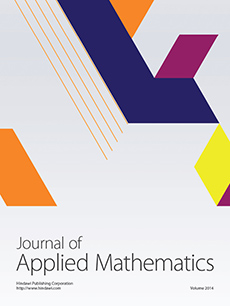Abstract
An optimal control theory is applied to a system of ordinary differential equations representing the dynamics of health-related risks associated with alcoholism in the community with active religious beliefs. Two nonautonomous control variables are proposed to reduce the health risks associated with alcoholism in the community. Consequently, three control strategies are presented using Pontryagin’s maximum principle (PMP), and the necessary conditions for the existence of the optimal controls are obtained. The simulation results revealed that the health risks associated with alcoholism behaviors may be effectively eradicated when both controls, and , are applied in a combination. On the other hand, the cost–effective analysis of the three different strategies confirmed that the desired cost–effective results may be attained when both controls, and , are applied together. Based on these results, this study concludes that, health risks associated with alcoholism behaviors may be efficiently and cost–effectively eradicated from the community when both controls, and , are applied together. Whereas application of control option implies increasing the level of protection to the susceptible population by implementing public health education campaign; the control option implies increasing the removal rate of the moderate risky individuals into recovered population. The control strategy in which the two options are featured in a combination is presented in this study as Strategy C exhibiting the least ICER value and more cost–effective than the rest of strategies presented.
Citation
Maranya M. Mayengo. "Optimal Control Model for Alcohol–Related Risk Behaviors and Beliefs in Tanzania." J. Appl. Math. 2022 1 - 10, 2022. https://doi.org/10.1155/2022/9094494
Information





